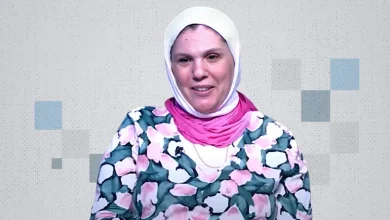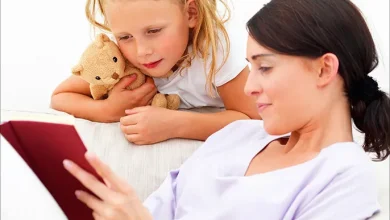Explore the phenomenon of mirror writing in children, its common occurrence during the transition from drawing to writing, and the potential reasons behind it. Discover expert insights and practical tips to help children overcome mirror writing tendencies. Read more on dzwatch.net.
Mirror writing, or the reversal of letters, is a common occurrence among young children as they transition from drawing pictures to writing letters. It’s not limited to letters; words and numbers may also undergo mirror writing. This article delves into the reasons behind mirror writing, how it can be addressed, and whether it indicates reading or writing difficulties.
According to psychologist Dr. Salam Ashour, mirror writing is a writing pattern where letters are written from left to right instead of the conventional right-to-left direction. Historically, prominent figures like Leonardo da Vinci and Napoleon Bonaparte engaged in mirror writing. Dr. Ashour identifies various reasons for mirror writing:
- Visual Readiness: Individuals with strong visual readiness may be more prone to mirror writing.
- Learning Difficulties: Some individuals may resort to mirror writing as a manifestation of learning difficulties, such as reading or writing challenges.
To help children overcome mirror writing, Dr. Ashour provides the following tips:
- Evaluate the reason behind mirror writing.
- Improve visual skills.
- Focus on enhancing visual and spatial awareness.
Games and activities like shape matching, direction identification, and tracking exercises can aid in developing these skills. For children facing learning difficulties, targeted interventions and early support are crucial.
Dr. Ashour emphasizes the importance of patience, teaching letters in their correct forms, and consistent practice. If concerns persist, consulting a speech therapist for a detailed assessment and tailored treatment plan is advisable.
In conclusion, mirror writing can be a natural part of the learning process, but continuous challenges may warrant further attention. Early identification and interventions involving collaboration between parents, teachers, and specialists can effectively support children facing learning differences.



